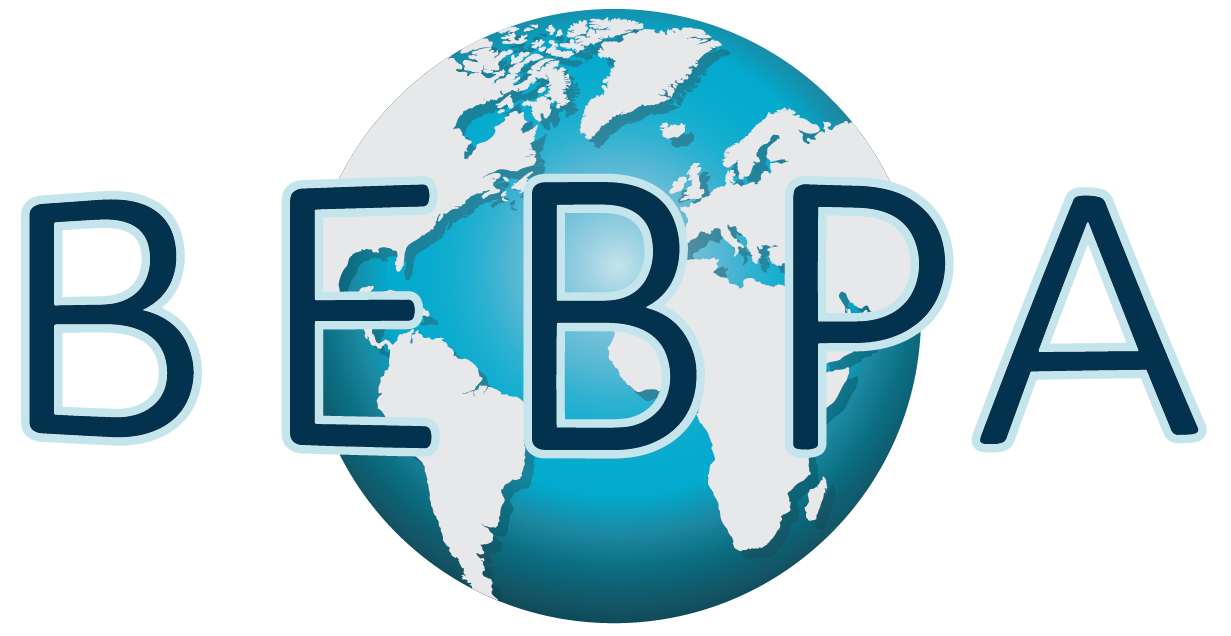BEBPA Blog
Tech Briefing: How Good is Good Enough?
By Laureen Little, Principal Consultant, Quality Services and President (BEBPA)
How good is good enough? As scientists we are trained to make our assays not just good but the best. However, sometimes taking that last step, going from good to best is a nearly impossible feat and requires more resources than it took to develop the assay in the first place. That brings us back to how good is good enough? (Hint, the answer is NOT: “good enough to pass regulatory scrutiny”). A typical answer, most of us can chant the phrase is that it must be “suitable for use”.
If you are developing a potency assay what does it mean to be suitable for use? It means that the assay can determine whether a test lot has appropriate potency – in Goldilocks terms – it is just right – not too strong (hyperpotent) and not to weak (hypopotent). In a previous BEBPA Tech Briefing (“The Importance of Being Potent with apologies to Oscar Wilde”) Dr. Michael Sadick suggested that:
The targeted deliverable for a potency assay/bioassay is a system that is
- Reflective of in vivo therapeutic activity
- Linear
- Accurate
- Precise, and
- Robust
This brings us back to the question: How do we know if our assays are sufficiently linear, precise, accurate, precise and robust? One place to start is to determine the assay capability. This a is straightforward calculation which compares the precision of the potency assay to the potency specification. A classic capability calculation compares overall precision to a required range – which in this case is the specification the newest draft of the USP chapter <1033> on Potency Validation has a nice overview of how to use assay capability to set validation criteria and, of course, the validation criteria speaks directly to the fitness of use of the method.
However, this is not the only tool we have to determine fitness of use. At the upcoming EUR BEBPA Bioassay Conference in Prague 25 to 27 September 2024 we have an entire session discussing how to analyze the performance of the assay and determine if it is suitable to support your product specification. Many of these talks also include some tricks of the trade to improve performance. Example talks include:
Total Analytical Error: The Not Any-More Missing Link Between Validation Guidelines Such as ICHQ2(R2), ICHM10, USP 1033, USP 1210, and Many Others
Eric Rozet
Director Statistics, Pharmalex Belgium
Using Product Specification Limits to Define the Right Number of Cell Plates Used per Sample
Lasse Wæhrens
Senior Analytical Scientist, Novo Nordisk A/S
Reproducibility is Quintessential – Using R and Quarto for Bioassay Development
Paul Hehir
Principal Biostatistician, CSL
Implementation of suitable SSTs and Outlier Detection Rules: Exemplary Solutions for Different Biossay Formats
Sonja Klingelhöfer
Principal Scientist, Richter-Helm Biologics GmbH
We also have sessions discussing regulatory requirements for potency assays, insights into how to automate functional bioassays, and special interest groups for Cell and Gene Therapies, Vaccine Products, Monoclonal Antibody Products, and how to handle flow cytometry assays. Our brochure is constantly being updated as our speakers obtain permission to post their abstracts – so please check it out HERE.
This conference is the go-to meeting for gaining scientific, regulatory and practical hints about bioassay. The networking opportunities at the on-site conference are plentiful and critical if you want to understand where the bioassay field is. Our last peak at attendee registration indicates we will sell out, so please register today to make sure you will be there!
